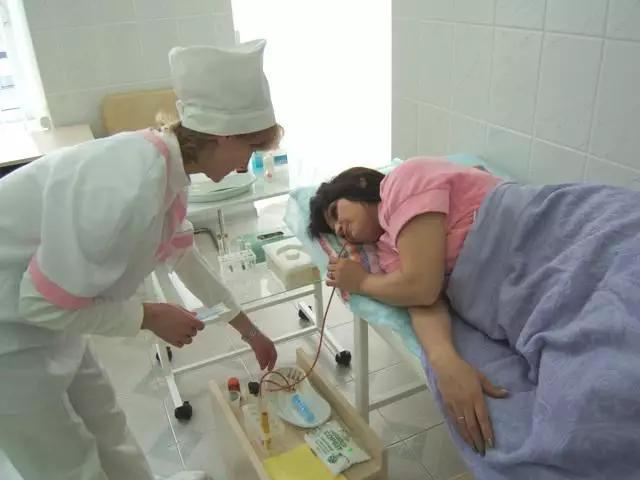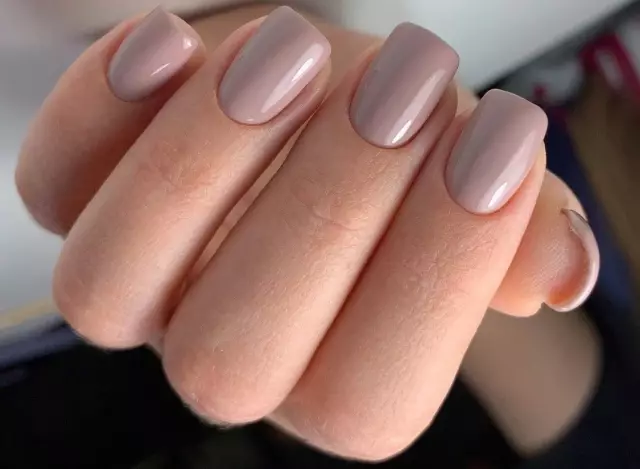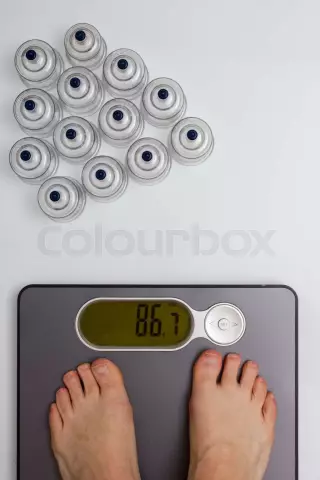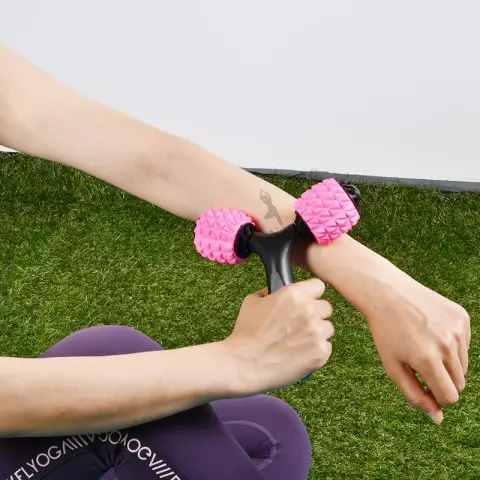- Author Rachel Wainwright [email protected].
- Public 2023-12-15 07:39.
- Last modified 2025-11-02 20:14.
Decapitation

Decapitation in hairdressing is the process of removing unwanted shades from colored hair. It often happens that staining does not bring the expected result - the paint lays down unevenly or a "dirty" color is obtained due to mixing of various dyes. The likelihood of such unpleasant consequences is very high when staining at home. Of course, hairdresser's mistakes can also lead to subsequent pickling due to the need to completely "wash away" the traces of his work, but this happens much less often than when trying to save money and put your hair in order on your own.
When pickling is required
Decapitation is carried out to remove:
- Paint stains;
- Undesirable shade;
- Congestion of color.
A common reason for pickling is the desire of women to radically change their appearance by lightening dark or red hair. In addition, some coloring techniques, such as ombre or bronzing, involve partial lightening.
Decapitation is a rather laborious procedure. It is not always possible to achieve the desired color in one go, because the curls along the entire length can acquire an unpredictable shade, from white to orange. The result of hair pickling, according to colorists, strongly depends on how many times a dark color was used during dyeing.
Pickling technique
When pickling, the hair is treated with either lightening powdered preparations or special liquids. The procedure should be started from the darkest areas, gradually moving towards the lighter ones. The master determines the exposure time of the composition, depending on what the original hair color was and what result the client seeks to achieve. According to the instructions for use, the exposure should be no more than 50 minutes. Then all preparations are thoroughly washed off so that the hair does not darken with the next dyeing. After pickling, a toning or permanent dye is applied, which should be 1 tone lighter than the desired one.
With any removal of artificial pigments, both the hair and the scalp suffer, so the following safety rules must be observed:
- Pre-test for allergies and skin sensitivity;
- Apply liquid formulations over the sink, using not a brush, but a sponge;
- Do not pickle hair with remnants of basma or henna;
- Work only with gloves.
The preparation of the mixture for pickling should be done strictly according to the recipe. The composition usually includes water, shampoo and the bleaching agent itself. The mixing ratio determines whether the mixture is weak or strong.
A low concentration of clarifiers is called a blond wash. This method is used to remove oversaturated shades or unstable colors. The most effective blond wash on the first day after unsuccessful staining.
The set and number of components for easy pickling may vary:
- 20 ml shampoo, 10 g bleaching powder, 100 g hot water;
- 20 g of powder and 100 g of hot water without other additives;
- 30 g of powder and 120 ml of activator;
- 1 part shampoo, 3 parts powder, 3 parts oxidizer (6%) and 4.5 parts warm water.

A mixture prepared according to one of these recipes is very quickly distributed through the hair so that the dye is removed as evenly as possible. The tips contain the largest amount of artificial pigments, so they pay special attention to emulsifying the mixture. After a few minutes, the hair is washed thoroughly. If the optimal color cannot be achieved, then the procedure may have to be repeated 2-3 more times.
Strong pickling is effective no matter how long ago the staining was done. The following recipes can be cited as an example:
- 15 g shampoo, 30 g powder, 60 g water, 30 g oxidizer (6%, 9%);
- 20 g shampoo, 20 g powder, 20 g water, 20 g oxidizer (3%, 6%, 9%).
The oxidizing agent is chosen according to the original color: the darker the hair, the greater the percentage of the activator. Different manufacturers offer their own mixing recommendations, which should be followed.
Decapitation is an aggressive process, but sometimes it cannot be done without it. Compliance with safety rules, as well as correct removal of unwanted shades by the master, can mitigate the unpleasant consequences for the hair.
Found a mistake in the text? Select it and press Ctrl + Enter.






